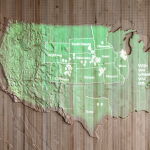Technology in Active Learning Spaces
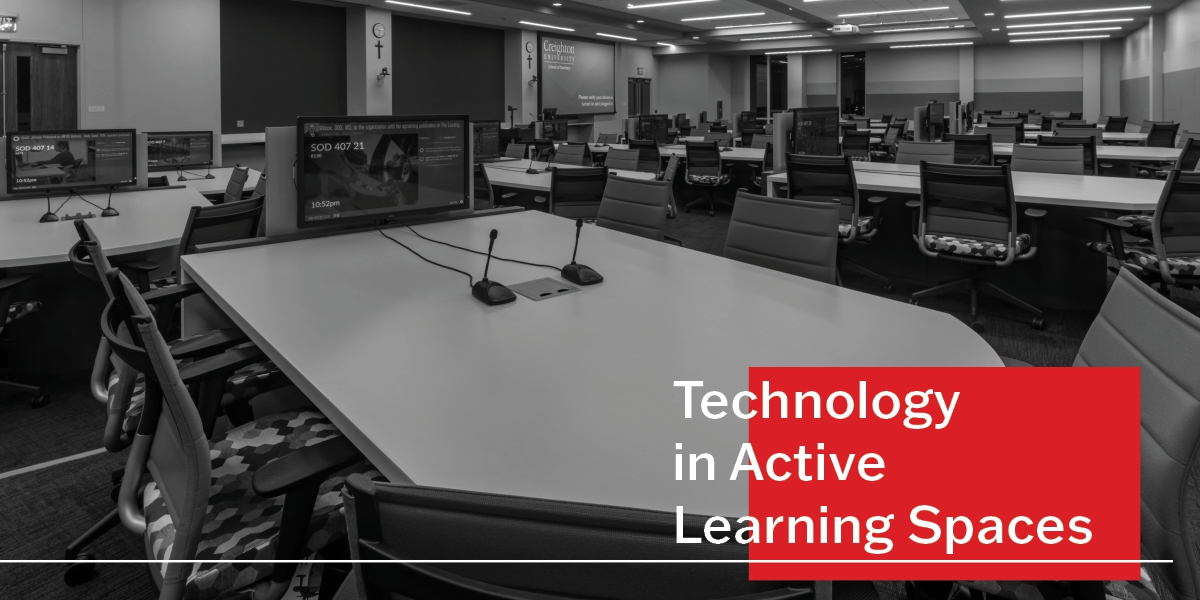
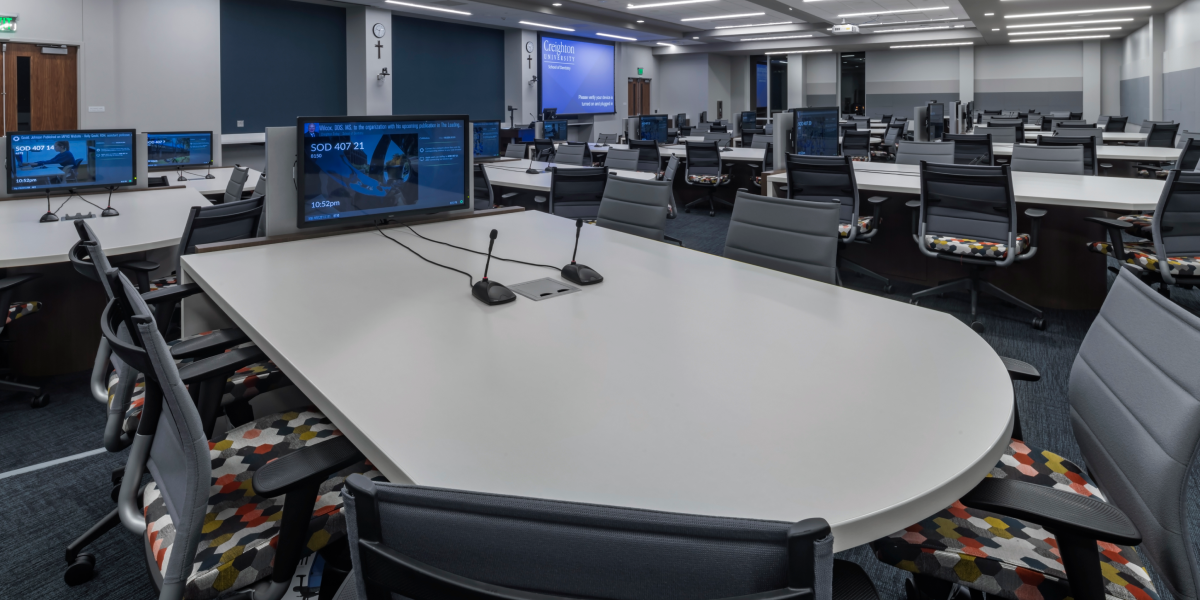
A Different Kind of Classroom
Learning landscapes across the United States are welcoming dynamic, interactive teaching models that promote deep learning and active involvement in addition to traditional learning. As the science and methodology behind these new learning techniques evolve, the spaces that incorporate them are also being built and adapted to promote these new learning philosophies. The “active learning space” has been a trending buzzword within the higher education community for years, but they are much more attainable and accessible than ever before.
“There is an expectation that students have for collegiate institutes,” Steve Miller, CTS, explained, “Freshmen entering college are tech savvy and want technology and a multitude of learning options to be a part of their experience.”
Steve Miller is a senior audiovisual technical lead with IP Design Group who brings over 25 years of experience in audiovisual design to projects he is engaged in. Steve has specialized experience providing systems for technology-enhanced collaboration spaces, including active learning classrooms in higher education. Steve’s first-hand experience designing these spaces gives him a unique perspective on the evolution of active learning classrooms and best practices regarding their design.
“I’ve completed dozens of these spaces throughout my career,” Steve explained, “And I have seen a wide variety of different ways that this technology is integrated and scaled within classrooms.”
As the technology and devices utilized in these spaces have advanced, so have the design and implementation of technological infrastructures that support them. According to our technology design experts, it is important these spaces fit within the teaching philosophy of the school and the institution is equipped with the staff and resources necessary to obtain the highest return-on-value these spaces have to offer.
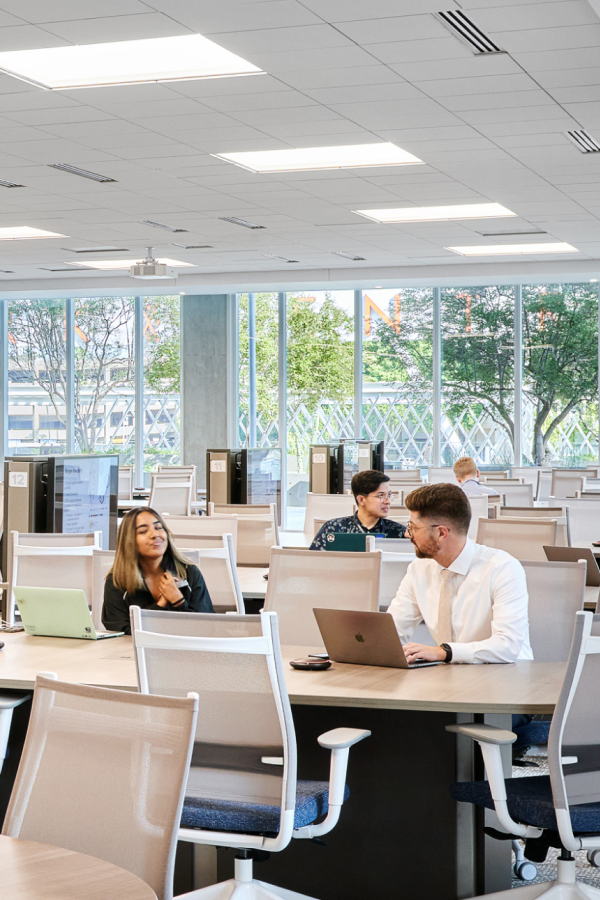
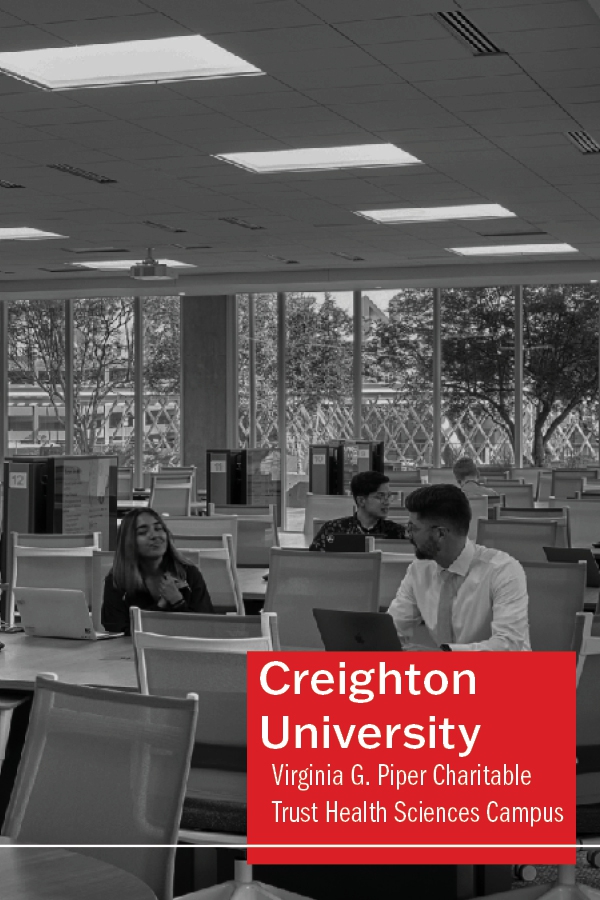
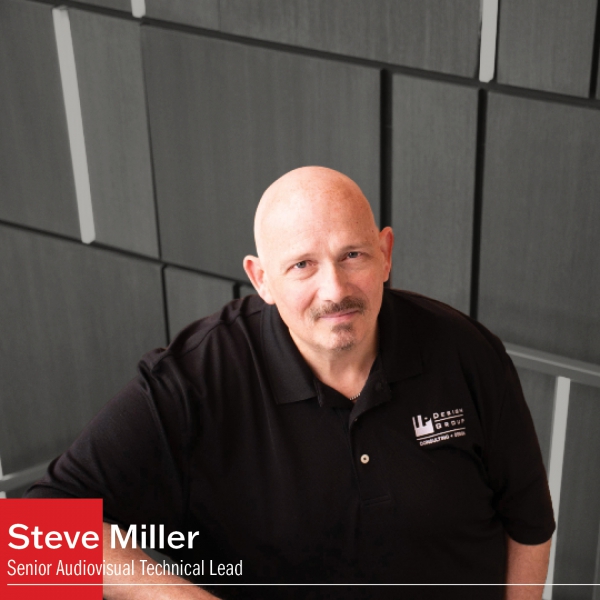
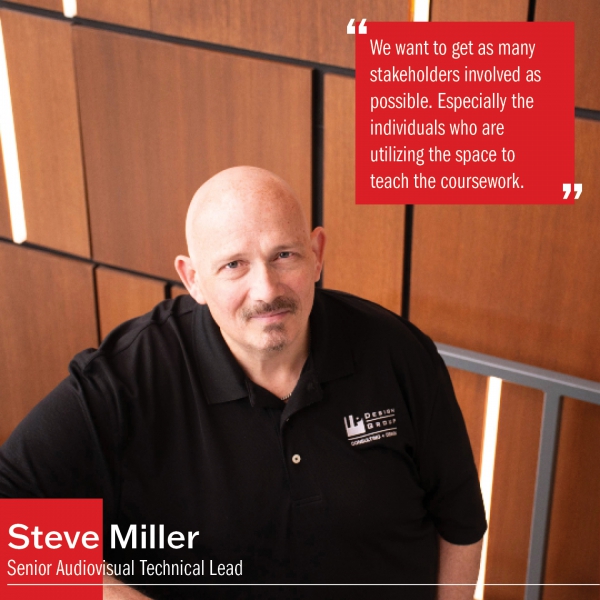
Technology with Purpose
Active learning classrooms were identified as the top strategic technology in EDUCAUSE’s 2017 survey of higher education information technology leaders. EDUCAUSE, a non-profit association advocating for the strategic use of technology and data to promote beneficial outcomes in higher education, also indicated that active learning classrooms would develop into an educational mainstay by the early 2020s. Their prediction, so far, has been correct. The modern and collaborative environment active learning spaces provide makes them a highly marketable asset that attracts students. In order for higher learning institutes to receive the best return on investment for this type of space, both Steve Miller and Cameron Gilinsky, P.E., RCDD, CTS-D, WiredScore AP, SmartScore AP, agree that meeting with the owner, architect, and faculty in charge of using the space should be involved from the start of design. Cameron is a technology systems engineer with our firm who has provided his expertise on recent active learning environment projects such as the University of Nebraska-Lincoln College of Law Renovation.
“We want to get as many stakeholders involved from the start of the process as possible,” Steve explained, “Especially the individuals who are going to be utilizing the space to teach their coursework. If they are not comfortable with the technology solutions, the learning experience becomes suboptimal.”
IP Design Group utilizes a pre-design user interview to gauge feasibility and solutions for multiple stakeholders on each higher education project we are a part of. These solutions need to incorporate the needs of department leaders and tenured professors while also aligning themselves with the architect’s vision for the aesthetic and shape of the space. The design and devices also have to be manageable for the IT department. Future-proofing the device infrastructure is equally important to ensure easy maintenance and replacements can be made in the future.
“It is a bit of a balancing act,” Cameron stated on the solutions-oriented interview process, “As designers, our team is managing a lot of different needs, but that is why it is so important to take the time to truly understand all of the different parties interacting with the space, and it is part of what makes our design process exceptional. We want all of the stakeholders to use these spaces to their full potential.”
Once our team has a proper understanding of the needs and objectives for the space, they can begin collaborating with the project team to develop the technological infrastructure and equipment lists that bring these spaces to life.
Merging Form with Function
From a technology perspective, active learning spaces can incorporate a variety of different components that encourage students to engage more thoroughly with their course curriculum through small group work and sharing discussions and solutions with the rest of the class. According to our design experts, while there are many different technology package configurations that can be assembled (determined by the size of the space and project budget), there are core motifs that encompass the majority of active learning spaces.
“There is almost always a large display at the front of the room to display content and media. Sometimes there are displays that cover multiple areas around the room,” Steve described, “What makes these spaces special is the learning ‘pods’ where small groups can collaborate using smaller, tabletop devices which all operate on a local network that can be monitored and controlled by the instructor.”
An additional value-add these spaces provide is that they allow remote learners an “equal seat at the table” if the space incorporates displays, microphones, and cameras that create more opportunities for remote learners to engage with the instructor and fellow students.
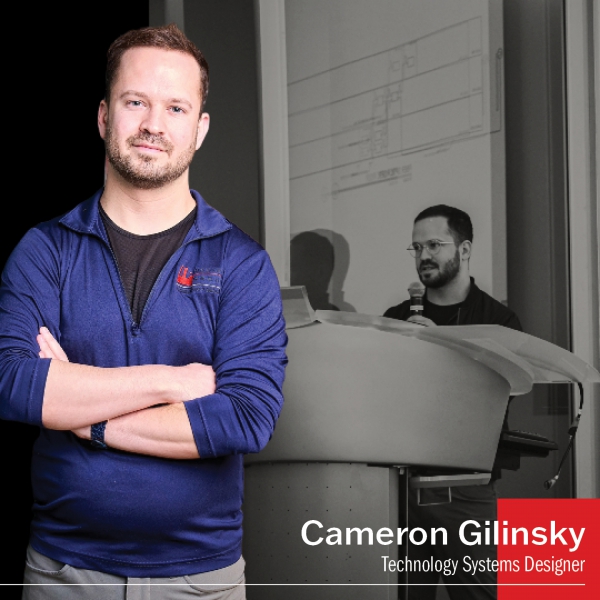
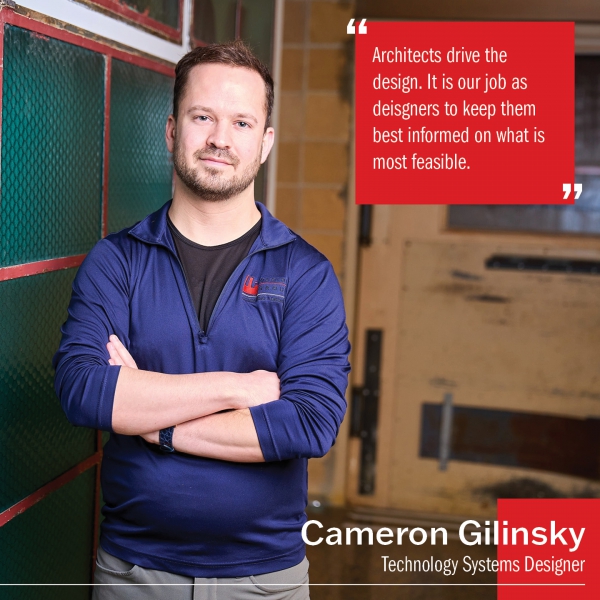
The challenge in designing active learning spaces is incorporating a robust technological infrastructure and group of devices that align with the architect’s aesthetic objectives. In order to provide high-performing technology that does not intrude on the space’s overall visual impact, our team must collaborate heavily with the architect and project team to provide unique solutions.
“There has to be a visual ‘wow factor’ incorporated into these rooms. They are loaded with technology, and schools utilize these spaces as major selling points to potential students,” Steve explained, “So it is really important that we make a visually impressive space while still adhering to technology design best practices and assuring that the universities we work with can properly service these spaces long after construction comes to an end.”
There are a ton of considerations our team balances when collaborating with the architect on fitting devices into the space, such as heat load, device maintenance, angles of incidence for projector placement, and ensuring devices can be switched out in the future without creating suboptimal outcomes in performance.
“Architects drive the design,” Cameron explained, “It is our job as designers to keep them best informed on what is most feasible for the devices that are incorporated into their layouts. We work hard to integrate technology within their design parameters.”
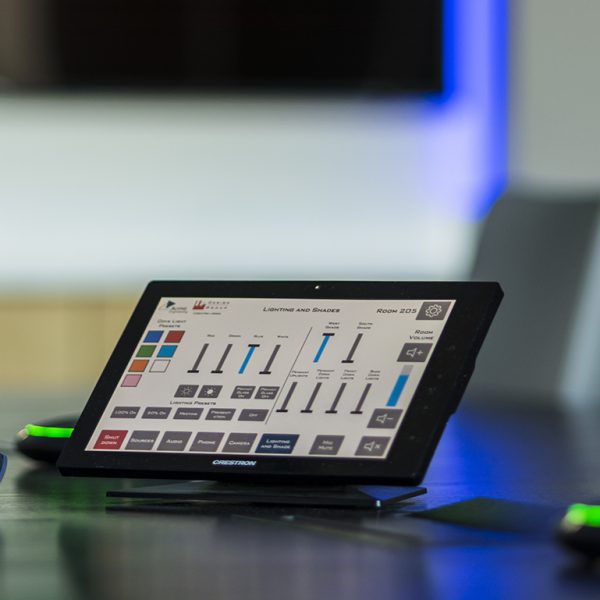
A Solution in a Box
While there is a major impetus to incorporate active learning spaces into the current higher education landscape, as they have been proven to provide superior learning outcomes and are a highly desirable amenity that attracts future students, the technology and devices of today have made active learning spaces more accessible than ever before.
“When I first started designing these systems, the video matrix switching equipment was very large and very expensive,” Steve explained, “But as the industry started migrating from baseband video switching to HDBaseT and then eventually to video over IP, devices started getting smaller, and now we can share things wirelessly. That technology is essentially a solution in a box. So, not only is it becoming more cost effective, it is also becoming easier to deploy.”
Interested in learning more about our innovative approach to active learning space design and higher education projects? Contact our technology and audiovisual specialists to find out more about solutions that work for you.

